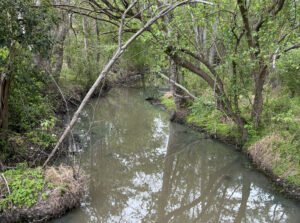News
Pamlico-Tar Riverkeeper: Legislators must seal the deal on flood prevention, mitigation
Posted on September 16th, 2021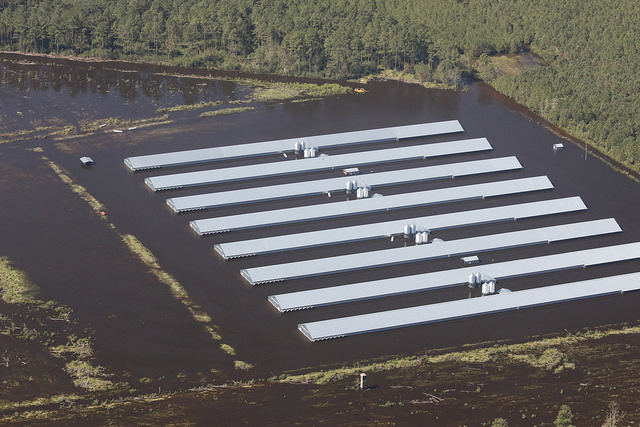

This week in 2018, a category 1 Hurricane Florence made landfall just south of Wrightsville Beach. In the days that followed, Florence became one of the most devastating hurricanes on the North Carolina record.
Florence delivered up to 30 inches of rain in many places; freshwater flooding due to the torrential rain led to hundreds of people being rescued from homes farther inland; historic storm surge in New Bern and Washington did the same. More than 4,300 eastern North Carolina homes were damaged or destroyed. On the Neuse, Trent and Cape Fear rivers, 46 industrial swine and 35 poultry facilities flooded, sweeping tons of waste into local waterways, and coal ash spilled from the Neuse floodplain.
Just two years prior, Hurricane Matthew delivered similar destruction.
These two, 500-year storms hit North Carolina within a 23-month period. Last month, torrential rainfall from the remnants of Tropical Storm Fred in August caused catastrophic flash flooding in the mountains of North Carolina.
This is climate change.
A key impact of climate change is more storms, wetter storms — not limited to hurricanes and tropical systems, but everyday storms. Magnified by sea-level rise, flooding from these storms is severely affecting just about every aspect of life. It destroys buildings, homes, land and crops, endangered species and critical habitats; disrupts business operations and economic activity; threatens our roads, resources and energy and water utilities. It results in more water pollution, highlights social inequalities and how difficult it is for rural, lower-income counties to adapt to a greater flooding threat.
And according to North Carolina Department of Environmental Quality’s Climate Risk Assessment and Resilience Plan, released in 2020, the state should plan for greater extremes in the future.
We seem to be on the right path: as the final state budget is being debated, both the House and Senate appear to recognize North Carolina must invest in making its residents safer during storms and flooding: proposing a state flood-management blueprint and hundreds of millions of funding for floodplain restoration, better stormwater management and stronger water and sewer infrastructure.
The budget is far from perfect — there are some provisions that don’t align with the overall resiliency plan, such as taking away local jurisdictions’ ability to decide the best ways to protect their own communities from flooding with stormwater rules. We are encouraged, though, to see legislators recognizing that climate impacts are real and moving forward with long-range strategies critical to protecting the people and property of this state. Now all that’s left is to seal the deal and approve this much-needed investment in North Carolina’s future.
Jillian Howell is Sound Rivers’ Pamlico-Tar Riverkeeper.
Related News
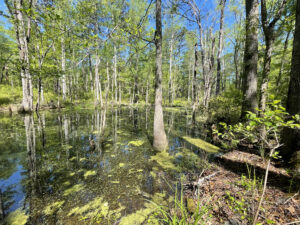
Tell NC to restore wetlands protections!
April 19th 2024
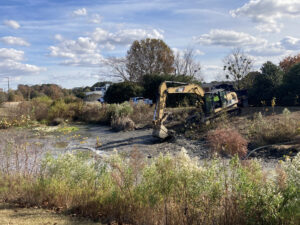
Position available: Stormwater Education Coordinator
April 18th 2024
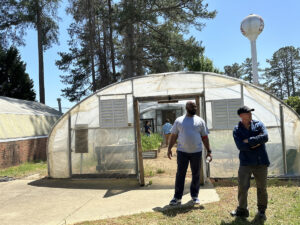
Southern Nash next in line for stormwater projects
April 18th 2024
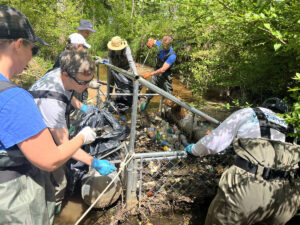
Xylem, Sound Rivers team up for cleanup
April 18th 2024

Sound Rivers launches new podcast
April 18th 2024

Swim Guide gearing up for a seventh season
April 11th 2024
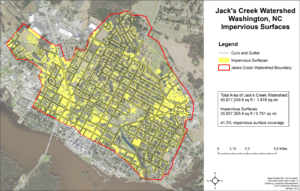
Feedback needed for Jack’s Creek plans, projects
April 11th 2024

Pamlico-Tar Riverkeeper talks water quality
April 11th 2024
